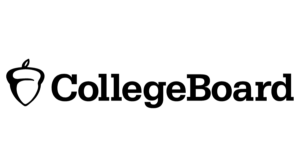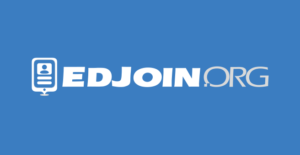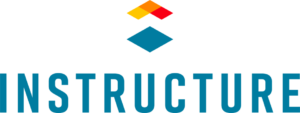Cyber High
Fresno County Office of Education
For students whose needs aren’t always met by traditional classrooms, online courses offer individualized instruction that can be a meaningful alternative. For this reason, the Fresno County Office of Education developed and operates Cyber High.
Cyber High is an online curriculum provider that offers students anywhere in the country a chance to take classes online in preparation for graduation and possibly college. The standards-aligned, self-paced courses feature audio, more than 1,300 instructional videos, and manipulatives. Jan Biggs, Senior Administrator to Fresno County Superintendent of Schools Jim Yovino, said that Cyber High works closely with local teachers and administrators to ensure the program meets educator and student needs.
Superintendent Yovino said, “Cyber High gives students a viable alternative to continue learning when their circumstances may get in the way. This program is life changing.”
For example, teachers can make modifications to the online courses in a variety of ways to meet the needs of special education students. Amy Thompson, Associate Director of Cyber High, said these improvements were a result of consultations with their Special Education Local Plan Area (SELPA) teachers and administrators.
“Because we’re a county office of education and a nonprofit, we’re not adding a lot of bells and whistles to try to sell ourselves,” Thompson said. “What we are doing is working to make sure students have the necessary tools to succeed and hopefully graduate with their class.”
Biggs said Cyber High hasn’t added any “fluff courses” just so they can say, “Look at all the electives we’ve got.” Instead, he said they focus on rigorous courses that will enhance problem-solving skills and critical thinking. Currently, Cyber High is focused on expanding its career technical education offerings, as a result of Superintendent Yovino’s commitment in this area.
Ease of use is a hallmark of Cyber High, according to Biggs. “Districts that have used other programs tell us we are easier to navigate for teachers and students. In fact, most of Cyber High’s users don’t require any onsite training to effectively use the program.”
But Thompson said their goal is not to eliminate the teacher.
“We want students to be successful in their online courses so that they can realistically transition back to the traditional classroom. If our courses aren’t rigorous enough, that’s not going to happen.”
Thompson said that if a student is taking a course through Cyber High that he or she failed in the traditional classroom, “there’s a reason that student failed. So we use a scaffolding feature to make sure the student learns what they need to know in order to be successful.” That feature, called “Academic Plus,” provides struggling students with foundational material they can use to better understand a concept. A student can click on a button that brings additional information, videos, and examples of the concepts being discussed.
Thompson said they have also partnered with Common Sense Media to offer digital literacy within their course offerings. “We want students to use technology efficiently and wisely,” she said. “This is part of our big push for critical thinking and 21st century skills.” An emphasis on performance-based learning projects help prepare students for college and careers, she said.
More than 500 schools and 160,000 students in California have access to Cyber High, and Biggs said the program is slowly gaining a national base.
Schools, districts and county offices may use Cyber High for several purposes, including:
- Original credits
- Credit recovery and remediation (the reason most schools participate)
- Acceleration
- Targeted intervention
- Blended learning
Thompson said Cyber High also serves court schools, migrant education and summer school programs, as well as special education. While many Cyber High users are seeking credit recovery, many others seek credit accrual to accelerate graduation, and still others use the program’s assets to supplement traditional learning environments.
“Our contract with districts is unique,” Biggs said. “Our Unlimited Use contract uses a formula that incorporates student population and gives every student in the district access to Cyber High.” They also offer a pay-by-exam contract option, but not the more common seat-license which limits student access.
Because student data is important to school accountability, Cyber High’s reporting features allow administrators, teachers and counselors to view comprehensive reports of student data, or to drill down to view detailed progress on individual students or groups of students. Automatic features keep teachers up to date on student progress.
While Cyber High has been around since 1998, Biggs said their offerings continue to evolve and improve. “Districts that were familiar with our services 15 years ago would find that we’re now a brand new Cyber High.”
For more information:
• Learn more about Cyber High and how to get a free demo here.
• A report from Stanford University and the Alliance for Excellent Education discusses how to use technology to close the achievement gap.
• Read an article about the traits of schools with successful digital learning opportunities, from the Center for Digital Education.
• The California Department of Education’s 2014 report, “Empowering Learning: A Blueprint for California Education Technology,” addresses issues of access and effective implementation.






